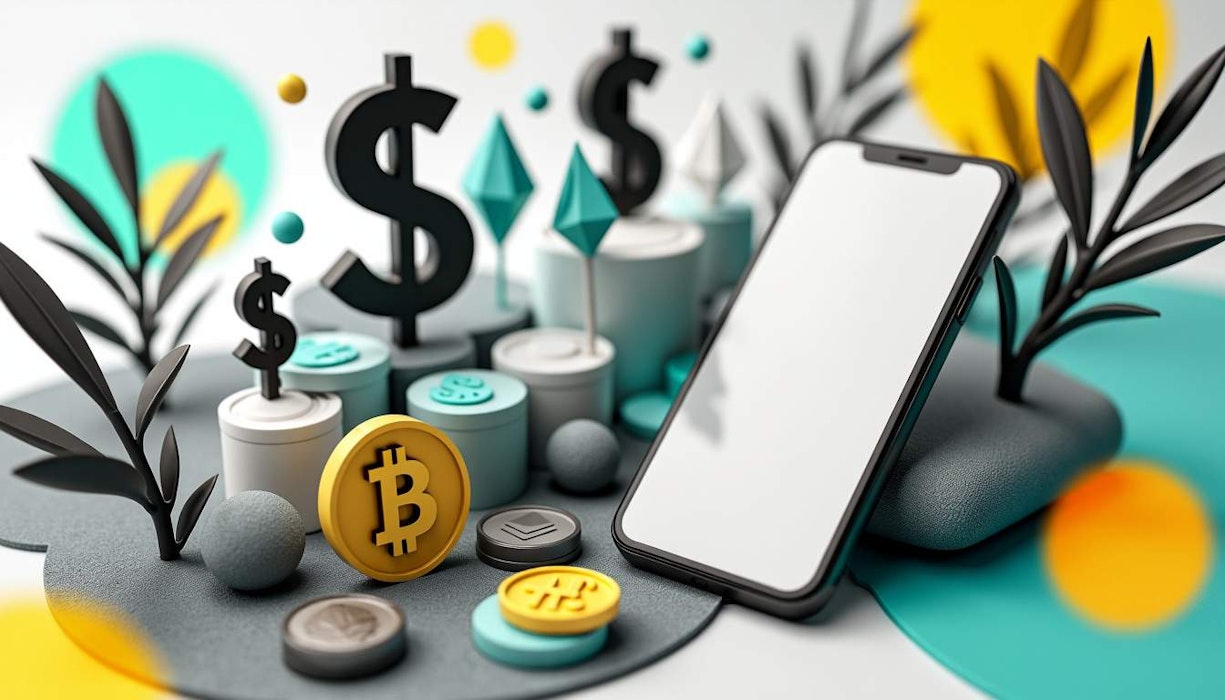I’ve been diving into the world of economic development and trying to wrap my head around the various strategies that nations use to grow. It’s pretty fascinating, especially when you look back at the economic chaos of the 1970s and how some countries have come out on top since then. This post is a summary of what I’ve learned, focusing on different growth models, the impact of global shocks, and even how modern peer-to-peer exchanges are playing a role in all this.
The 1970s: A Case Study in Economic Turmoil
First off, let’s talk about the 1970s. It was a wild decade for developing nations. Many countries that had relied on certain industrialization methods—methods that were basically endorsed by the World Bank—found those approaches crumbling. There was this huge divide forming; while places like Africa and Latin America were struggling, regions such as East Asia were experiencing rapid growth. Understanding this historical backdrop is key to grasping today’s economic landscape.
Different Models of Growth
Import Substitution Industrialization (ISI)
One strategy that gained traction back then was Import Substitution Industrialization (ISI). The basic idea was to stop relying on foreign goods and produce everything domestically. Sounds good in theory, but it often led to inefficiencies. Countries ended up making subpar products at high costs, which stunted real economic progress.
Export Oriented Growth
On the flip side, there was Export Oriented Growth—a model that worked wonders for countries like Japan and South Korea. This approach maximized labor utilization to earn foreign currency, which was then reinvested into further boosting exports. It required a strong guiding hand from the state and active participation in international trade but led to rapid development.
Debt Financed Growth
Then you have Debt Financed Growth, where countries borrow heavily—often in stable currencies like USD—to fund their development projects. Thailand in the ’70s is a classic example of this model. While it can lead to swift urbanization and industrial advancement, it also carries risks; if creditors suddenly pull out, chaos can ensue.
Communist Growth
Lastly, there’s Communist Growth models seen in Eastern Bloc countries—heavy industry focused with large-scale borrowing that often resulted in stagnation due to inefficiencies.
Global Shocks: Lessons from History
The Oil Shocks of ’73 and ’79 are prime examples of events that disrupted many developing nations’ economies. The sudden spike in oil prices led to massive balance-of-payments crises for numerous countries; social unrest followed soon after in many places.
High commodity prices during those years encouraged overambitious development programs in some nations—programs that collapsed once prices fell dramatically.
And let’s not forget about the Volcker Shock! That late-’70s phenomenon characterized by skyrocketing interest rates left many debt-ridden developing countries unable to service their loans.
Common Pitfalls
A few recurring mistakes popped up as well:
First off is overreliance on natural resources; many developing nations assume mineral wealth will automatically lead them down the path of prosperity—a dangerous assumption given market volatility!
Secondly? Ignoring cultural contexts! Economic policies aren’t just numbers on a spreadsheet—they’re deeply intertwined with social structures and political stability.
Finally? Misguided infrastructure projects! Investing heavily into large-scale projects without clear plans for utilization can lead straight into financial quagmires.
Enter Peer-to-Peer Exchanges
Now here’s something interesting: peer-to-peer exchanges have emerged as significant tools for modern economic development! These platforms allow individuals direct transactions without needing traditional banks—which is revolutionary for areas lacking banking infrastructure!
Crypto P2P platforms offer decentralized trading solutions that minimize fees while maximizing accessibility globally—even providing enhanced privacy options!
Wrapping Up: Lessons Learned
So what’s the takeaway here? The journey through economic development is complex—and there are no one-size-fits-all strategies! Historical lessons combined with emerging technologies like P2P exchanges provide invaluable insights for tailoring approaches suited uniquely towards each nation’s context.
